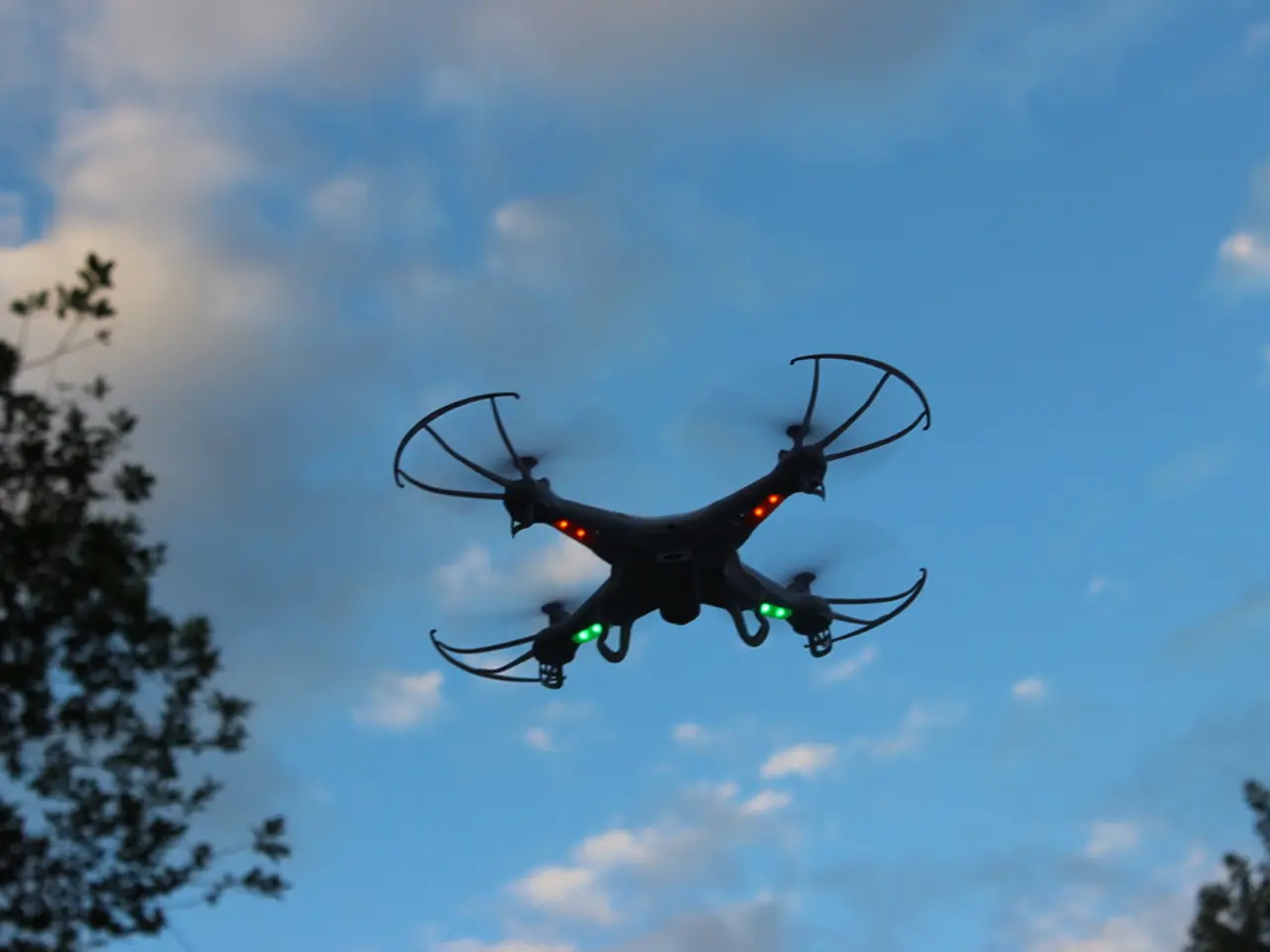Letter of Authorization Explained: Its Purpose and Function
In a significant development for the drone industry, a construction company has received a Letter of Authorization (LOA) for drone operations near a Class D airport. This authorization, issued by the Federal Aviation Administration (FAA) in the United States, allows the company to conduct drone missions within specific parameters that ensure safety and compliance with aviation regulations.
The LOA outlines the scope, duration, and conditions of the authorization, serving as official legal permission to operate under otherwise prohibited scenarios. The drone operations are permitted between 7 a.m. and 6 p.m., and the altitude for these operations is under 100 feet Above Ground Level (AGL).
The LOA process helps mitigate risk and demonstrates that the operator has met safety, communication, and procedural standards required for non-standard missions. To obtain an LOA, operators must submit a detailed request including flight intent, equipment specifications, and safety procedures. Required ATC coordination is necessary before each flight.
In the U.S., the FAA governs drone operations. Recently, the FAA proposed a new comprehensive framework under a draft rule called Part 108, which would streamline authorizations for operations including Beyond Visual Line of Sight (BVLOS). Under this proposed rule, there is a two-tiered system of authorization: Permits for lower-risk operations and Certificates for higher-risk operations.
Operators must designate an operations supervisor and a flight coordinator, but these roles don’t require formal FAA pilot certificates. Drones must also have Remote ID and detect-and-avoid technology, and they must yield right-of-way to manned aircraft. Traditional airworthiness certification is replaced by a scalable, consensus-standards-based approval process.
In other jurisdictions, the specific LOA process varies but generally involves submitting detailed operational plans and safety cases to the relevant aviation authority. For instance, some countries require an LOA for operations near or inside controlled airspace or for BVLOS flights, with risk assessment and operational limitations tailored to local airspace and regulatory environments.
For agricultural drone operations in the U.S., specialized certifications are also aligned with pesticide application permits and environmental regulations, which may add contractual and communication requirements with clients.
Unauthorized drone operations in required airspace can lead to fines, license suspensions, or legal actions. It is crucial for operators to adhere strictly to all conditions laid out in the LOA, as deviations can result in penalties.
As drone use expands into complex commercial applications, LOAs are increasingly crucial to ensure operators stay compliant with aviation regulations. The LOA is a formal document issued by regulatory authorities like the FAA, granting specific operational privileges for drone operations. The regulatory authority reviews airspace impact, operator qualifications, and risk mitigation strategies before issuing an LOA with specific operational parameters.
[1] Federal Aviation Administration. (2021). Part 108 proposed rule. Retrieved from https://www.faa.gov/uas/resources/rules_regulations/
[2] Agricultural Drone Operations. (n.d.). Retrieved from https://www.faa.gov/uas/industry/agriculture/
[3] FAA Reauthorization Act of 2018. (2018). Retrieved from https://www.congress.gov/115/plaws/publ302/PLAW-115publ302.pdf
[5] FAA Reauthorization Act of 2018: Unmanned Aircraft Systems Integration Research, Test, and Evaluation. (2018). Retrieved from https://www.faa.gov/uas/research/uas_integration/
- The new Part 108 framework proposed by the Federal Aviation Administration (FAA) in the United States aims to simplify authorizations for drone operations, including Beyond Visual Line of Sight (BVLOS), by employing a two-tiered system consisting of Permits for lower-risk operations and Certificates for higher-risk operations.
- To grow in the drone industry, companies must adapt to the morphing finance landscape, invest in technology to enhance their operations, and adhere to complex safety regulations and compliance guidelines to secure Letters of Authorization (LOAs) from regulatory bodies like the FAA.




